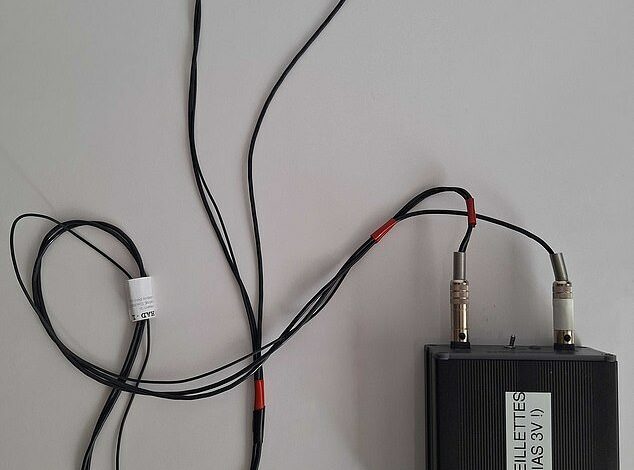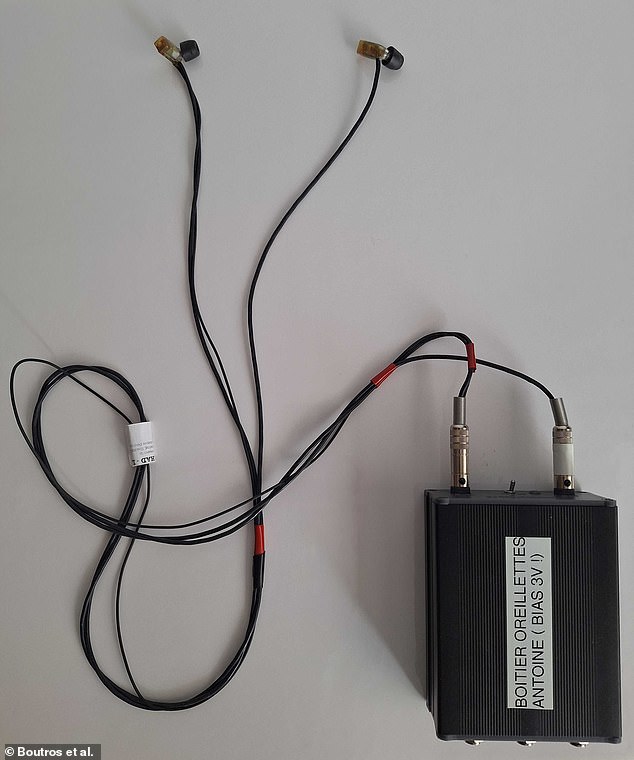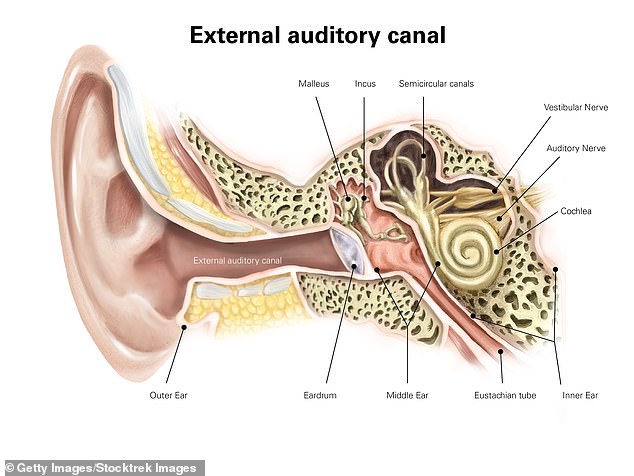Scientists may be able to ‘listen’ to Alzheimer’s disease, research suggests



In recent years, researchers have started using eye movements as one of the clues that someone might develop Alzheimer’s disease. Now a group of scientists say the ears could be an even better way to detect early signs of the disease.
One way to measure Alzheimer’s risk is through an eye exam that looks for certain changes in a person’s retina, the part of the eye that detects light and converts it into signals that your brain can interpret.
Doctors also look for changes in so-called saccades, which are quick and jerky shifts used when looking around quickly.
People with Alzheimer’s disease typically have more difficulty completing these types of eye movements, taking longer to look from one object to another, or sometimes looking in the wrong direction altogether.
Although doctors are not sure why these changes occur, it is likely related to the loss of brain tissue during dementia.
To detect the changes in the eye pattern, doctors usually have to use expensive eye-tracking equipment, but these machines are not widespread and not all patients can afford these types of tests.
To get around this, researchers from Dartmouth University and the École de Communicatie Supérieure, a Canadian university in Quebec, have developed a device that can “hear” Alzheimer’s disease instead.
The movement during saccades produces small vibrations in the eardrums, and the scientists hope that their device, an audible device, will be able to track a person’s eye movements through these vibrations.

The audible contains small, hypersensitive microphones that can detect vibrations in the body
By using this device simultaneously while researchers test patients with traditional eye-tracking devices, the scientists can identify unique sound patterns to look out for, allowing them to diagnose Alzheimer’s disease early and cheaply.
About 6.7 million Americans currently suffer from Alzheimer’s disease, and the Alzheimer’s Association predicts that number will only continue to rise, reaching an estimated 13 million by 2050.
Dementia affects memory, judgment, mood, sense of direction, decision-making and completing tasks, among other things.
Because the disease’s symptoms are so widespread and often subtle in the early stages, people can go undiagnosed for long periods of time and miss out on crucial treatments.
While there are no cures that can reverse the disease, there are some early treatments that appear to help people delay the worst symptoms of the disease, making early diagnosis crucial.
The researchers, who presented their findings at a meeting of the Acoustical Society of America, hope that the audible can be another – more accessible – tool that meets the need for early diagnosis.
One of the first symptoms scientists started looking at for Alzheimer’s risk and diagnosis is eye movement.
Moving the eye is a complex process that involves both reflexes and control from the brain.
If a person’s brain begins to deteriorate when he or she has dementia, it has the potential to change the way the eyes function. a 2017 report by said neurologists at Vanderbilt.
This is especially clear when we look at saccades. People with Alzheimer’s disease often have difficulty moving their eyes in rapid, different directions to look at objects in the periphery when instructed to do so in the laboratory.
The Dartmouth team has created a device that uses the physics of sound to translate eye movements into a message that can be picked up by a small microphone in their audible device.

When the eye moves within the eye socket, it creates subtle vibrations in the skull that can vibrate the eardrum. Vibrations travel from the external ear, through the eardrum, where they activate a series of small bones called the ossicles, which send the vibrations through fluid and displace small fluids that translate the vibration into sound in the nerves
When you hear sounds, they travel through the inner ear and cause tiny hairs and bones to vibrate.
These sound waves are then converted into electrical signals and processed via the auditory nervous system to the brain, where the organ gives them meaning.
Although imperceptible to us, even the movement of our eyes sends small bouncing vibrations to our ear canal.
The researchers thought that if they could identify the rhythm of a saccade, they could forego expensive eye-tracking equipment for their hearing device, although it is not known how much their device would cost.
This essentially allows them to ‘hear’ the early signs of Alzheimer’s.
Although research has linked problems with saccades to the early signs of dementia, it is still not a test that is widely used and was only developed relatively recently.
A 2022 study from Loughborough University, who tested saccades on people with both mild cognitive impairment and Alzheimer’s disease, found that eye tracking reliably predicted which patients had dementia.
The researchers note that if someone has saccades, they are more likely to also develop dementia. Still, it is not conclusive that everyone who has these eye movements also has the disease.
Arian Shamei, a doctoral candidate in linguistics at the University of British Columbia who is also an author of the study, said that while their work is still in its infancy, they believe it could help identify other diseases in the future .
Shamei said: ‘While the current project focuses on long-term monitoring of Alzheimer’s disease, we ultimately want to tackle other diseases and be able to differentiate between them based on symptoms that can be monitored via in-ear signals.’




